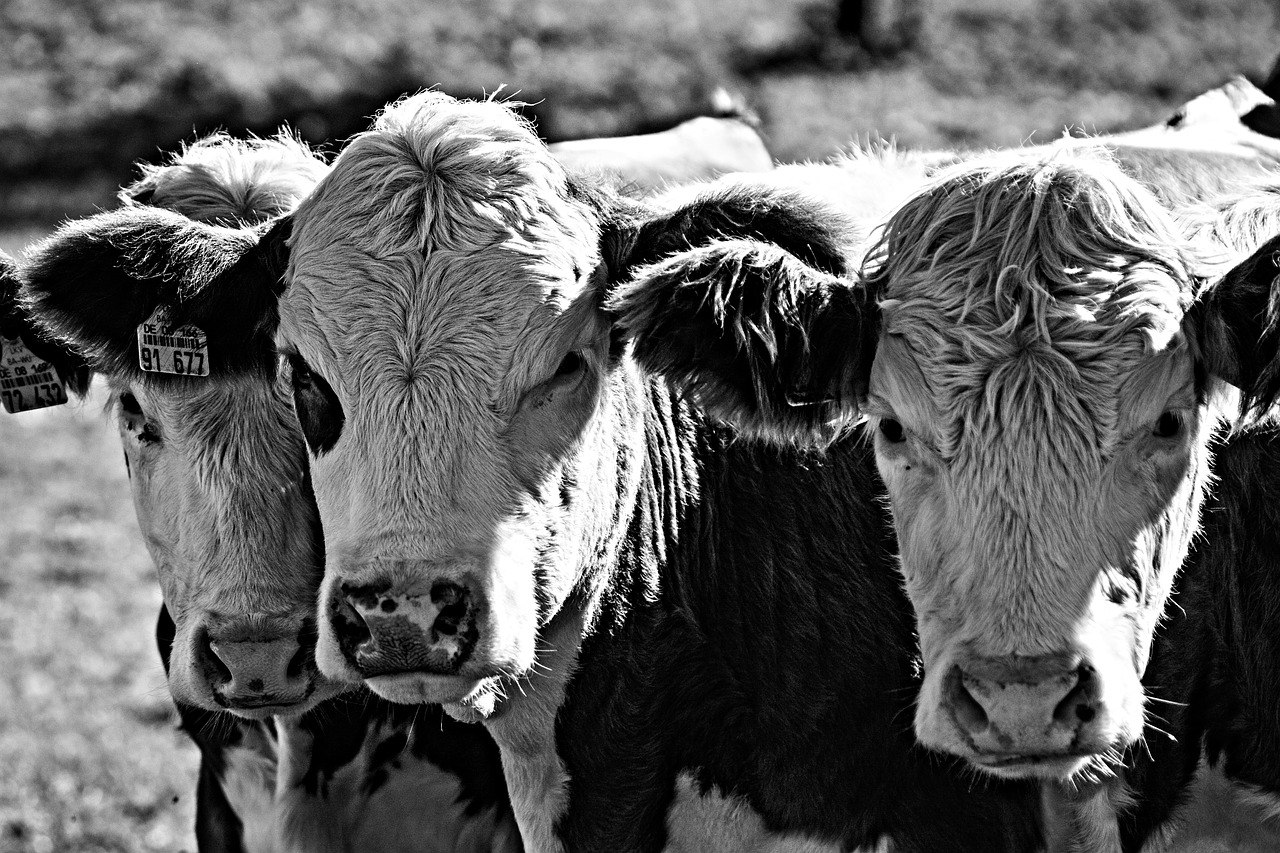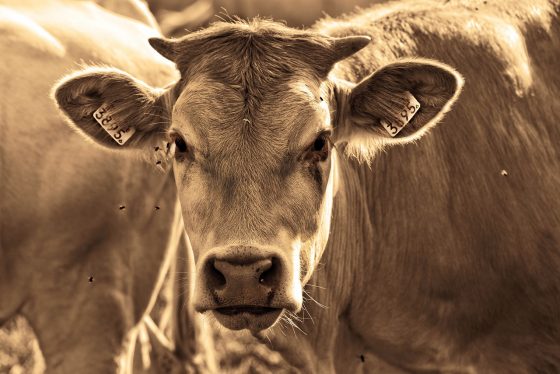 A lot of people didn’t think that it would ever come to this. Many simply assumed that conditions would return to “normal” eventually and that everything would work out just fine somehow. But here in the middle of 2021, everything is definitely not fine. In fact, cows are literally dropping dead from starvation in northern Mexico in very large numbers. This isn’t the sort of thing that is supposed to happen in North America.
A lot of people didn’t think that it would ever come to this. Many simply assumed that conditions would return to “normal” eventually and that everything would work out just fine somehow. But here in the middle of 2021, everything is definitely not fine. In fact, cows are literally dropping dead from starvation in northern Mexico in very large numbers. This isn’t the sort of thing that is supposed to happen in North America.
For years, I have been warning that Dust Bowl conditions would return to the Southwest. Just check my old books and my old articles. Now it has happened, and everyone is in shock.
For years, I have also been warning that global food supplies would get tighter and tighter. And even though they can see it happening, many out there are desperately hoping that I will be proven wrong somehow.
What we are witnessing south of the border right now should be a huge wake up call for all of us. The following comes from an article that was originally published by the Los Angeles Times entitled “In drought-plagued northern Mexico, tens of thousands of cows are starving to death”…
In the parched hills of southern Sonora, Marco Antonio Gutierrez paced around a clearing, counting the dead.
There were seven rotting carcasses — jutting ribs and shriveled hides — and two sun-bleached skulls. Nine cows, felled by heat and hunger.
“There’s nothing for them to eat,” said Gutierrez, a wide-brimmed hat shading his downcast eyes.
I fully understand that it is hard to believe that this is actually happening in our part of the world.
Sadly, Gutierrez hasn’t just lost nine cows.
The article goes on to explain that he has actually lost a total of 70 cows to starvation so far…
Gutierrez doesn’t use the phrase “climate change” to describe what’s happening, but he laments that every year seems drier and hotter than the last. In recent months, he has watched helplessly as 70 of his 100 cows have starved to death.
70 cows!
Of course the losses suffered by Gutierrez represent just a very small fraction of the overall tragedy.
At this point, the number of cattle in Sonora has dropped by nearly half a million over the past two years…
Two years of extreme drought have turned large stretches of northern Mexico into a boneyard. Between starvation and ranchers forced to prematurely sell or slaughter their livestock, officials say the number of cattle in Sonora has dropped from 1.1 million to about 635,000.
If you don’t think that this will affect us here in the United States, you are wrong.
Each year, the U.S. usually imports about 500 million pounds of beef from Mexico.
So get ready to pay much more for beef at the grocery store.
Sadly, NBC News is telling us that the drought in Mexico “looks set to worsen in coming weeks”…
A long-term drought that has hit two-thirds of Mexico looks set to worsen in coming weeks, with forecasts warning of high temperatures, crop damage and water supply shortages on the horizon, including in the populous capital.
Experts are sounding the alarm that parched crops could under-produce as temperatures hit 40 degrees Celsius (104F) on Wednesday in some parts of northern Mexico, including key farming areas.
Meanwhile, we are dealing with a historic drought of our own in the western third of the nation.
At this moment, every square inch of California is in a state of drought, and that is a huge problem because it produces about a third of our vegetables and about two-thirds of our fruits and nuts.
Many other western and midwestern states are also deeply suffering, and this has created a rapidly growing agricultural crisis.
The USDA has released some new numbers that are absolutely staggering. You can find articles about these numbers here and here. But in order to write about these numbers, I had to verify them for myself, and so I went to the original document that these new USDA numbers come from. The following are exact quotes that come directly from that document…
-“Approximately 84 percent of barley production is within an area experiencing drought.”
-“Approximately 36 percent of corn production is within an area experiencing drought.”
-“Approximately 31 percent of soybean production is within an area experiencing drought.”
-“Approximately 86 percent of sunflower production is within an area experiencing drought.”
-“Approximately 99 percent of durum wheat production is within an area experiencing drought.”
-“Approximately 99 percent of spring wheat production is within an area experiencing drought.”
-“Approximately 30 percent of winter wheat production is within an area experiencing drought.”
-“Approximately 36 percent of hay acreage production is within an area experiencing drought.”
-“Approximately 64 percent of alfalfa acreage production is within an area experiencing drought.”
-“Approximately 44 percent of the hog inventory is within an area experiencing drought.”
-“Approximately 32 percent of the cattle inventory is within an area experiencing drought.”
-“Approximately 48 percent of the milk cow inventory is within an area experiencing drought.”
-“Approximately 53 percent of the sheep inventory is within an area experiencing drought.”
We have never seen anything quite like this.
This may surprise some of you to hear, but I am actually at a loss for words. I have been warning that this would happen, but to see it actually play out is another thing altogether.
Initially, the number one way that this will affect you personally is through higher prices at the grocery store.
At the same time that our leaders are dramatically ramping up the money supply, agricultural production will be well below original projections.
This is a slow-motion train wreck of epic proportions, and it is happening right in front of our eyes.
And it isn’t just North America that is having a problem. All over the globe, crazy weather patterns are playing havoc with food production, and global food supplies are just getting tighter and tighter.
This isn’t going to end well, but most of you have already figured that out by now.
***It is finally here! Michael’s new book entitled “7 Year Apocalypse” is now available in paperback and for the Kindle on Amazon.***
About the Author: My name is Michael Snyder and my brand new book entitled “7 Year Apocalypse” is now available on Amazon.com. In addition to my new book I have written five others that are available on Amazon.com including “Lost Prophecies Of The Future Of America”, “The Beginning Of The End”, “Get Prepared Now”, and “Living A Life That Really Matters”. (#CommissionsEarned) By purchasing the books you help to support the work that my wife and I are doing, and by giving it to others you help to multiply the impact that we are having on people all over the globe. I have published thousands of articles on The Economic Collapse Blog, End Of The American Dream and The Most Important News, and the articles that I publish on those sites are republished on dozens of other prominent websites all over the globe. I always freely and happily allow others to republish my articles on their own websites, but I also ask that they include this “About the Author” section with each article. The material contained in this article is for general information purposes only, and readers should consult licensed professionals before making any legal, business, financial or health decisions. I encourage you to follow me on social media on Facebook and Twitter, and any way that you can share these articles with others is a great help. During these very challenging times, people will need hope more than ever before, and it is our goal to share the gospel of Jesus Christ with as many people as we possibly can.
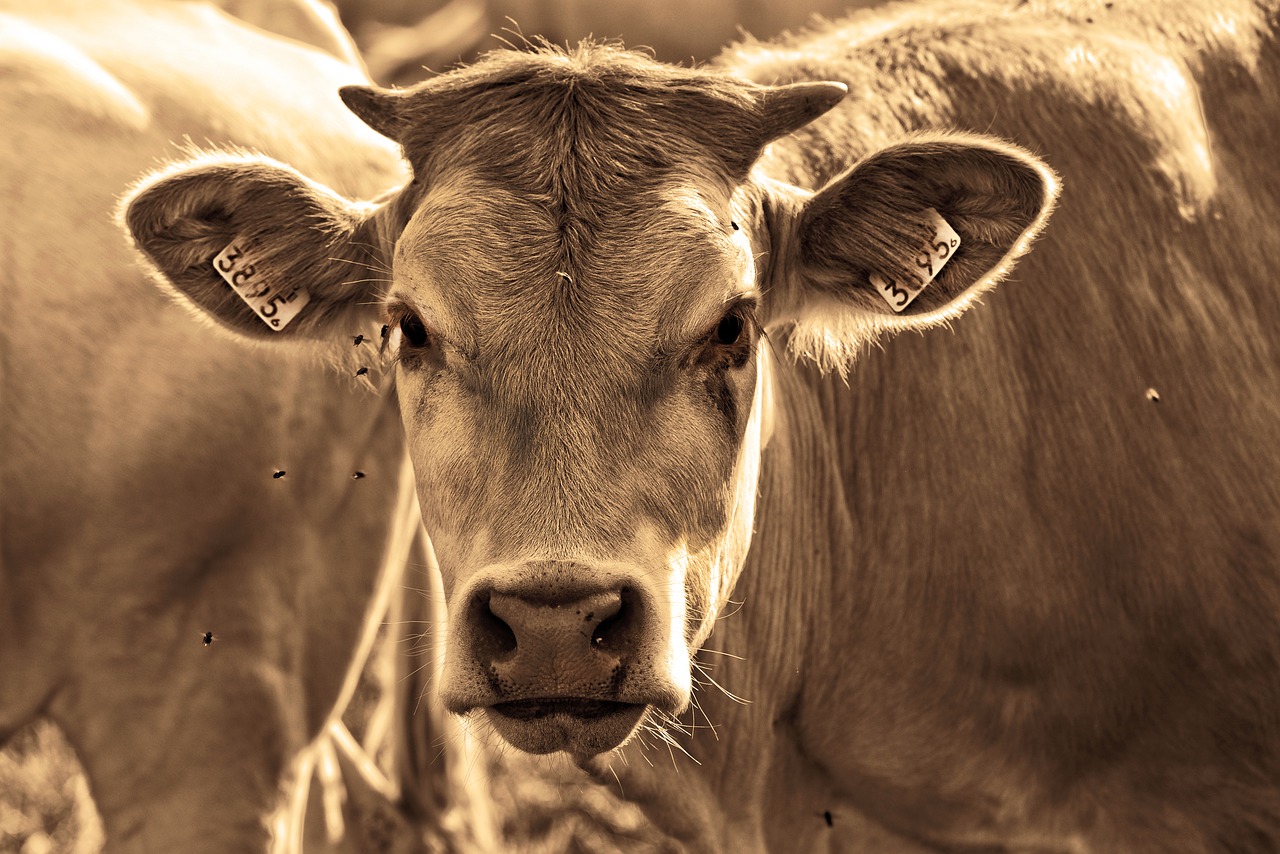




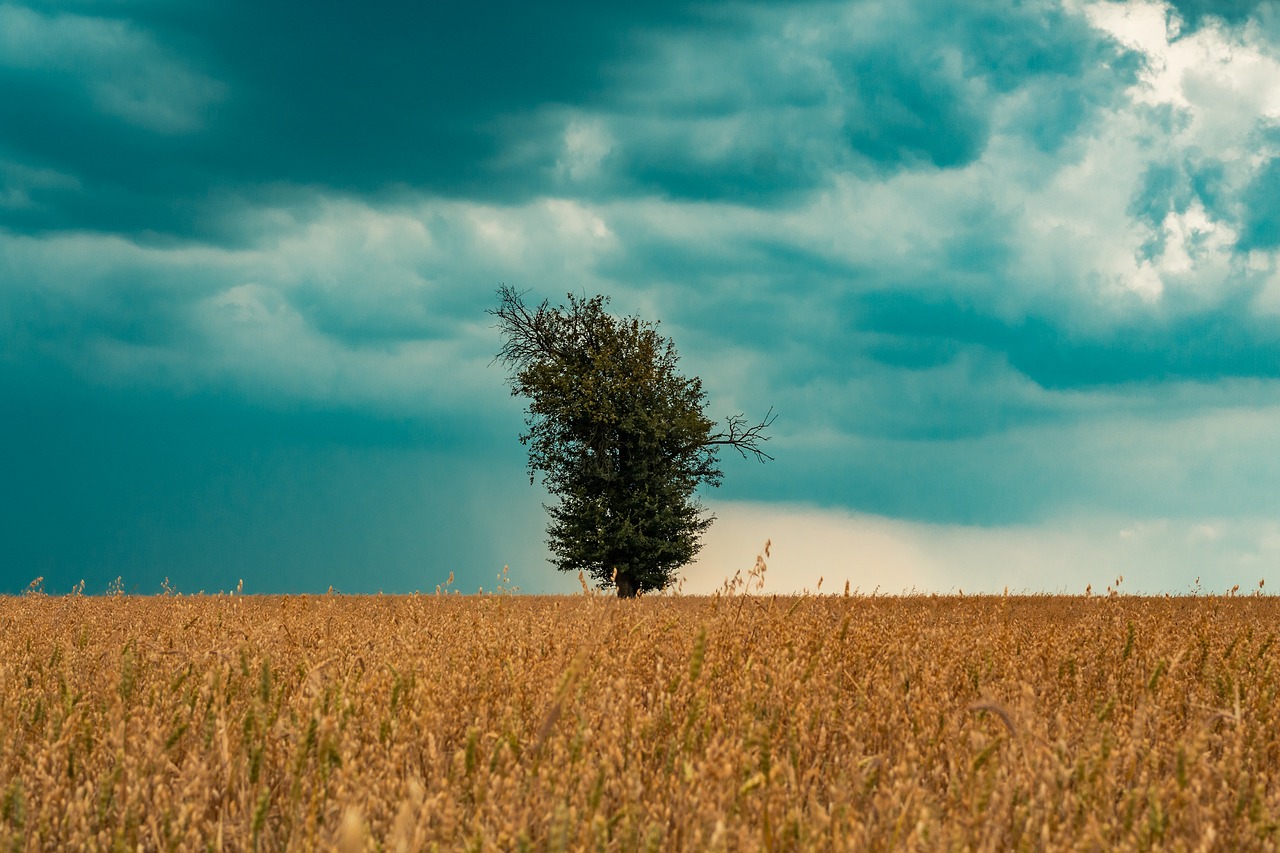
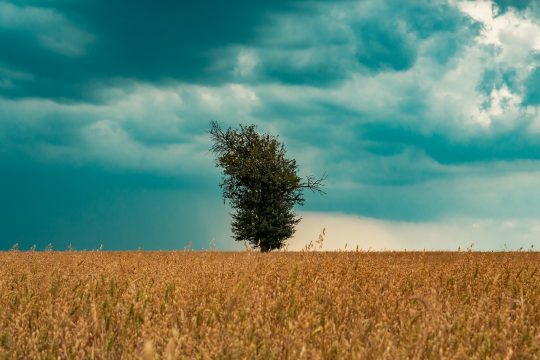
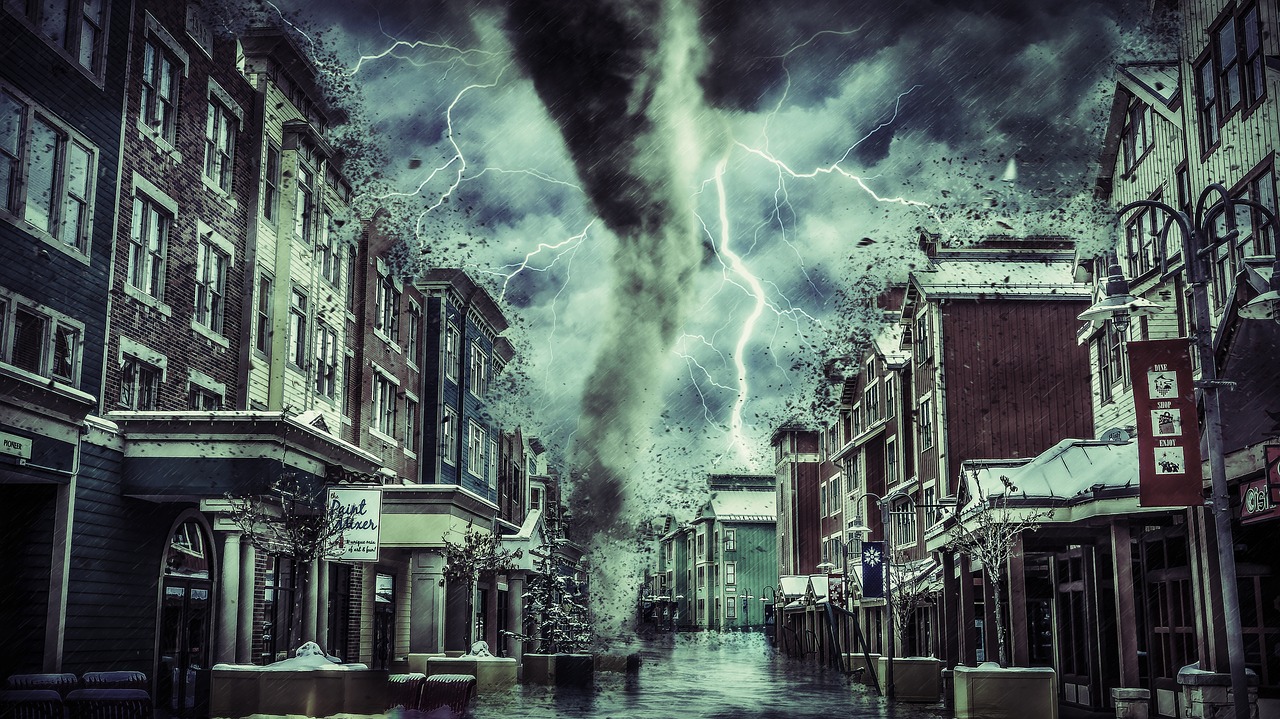
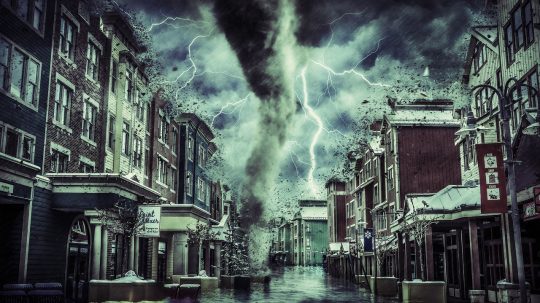
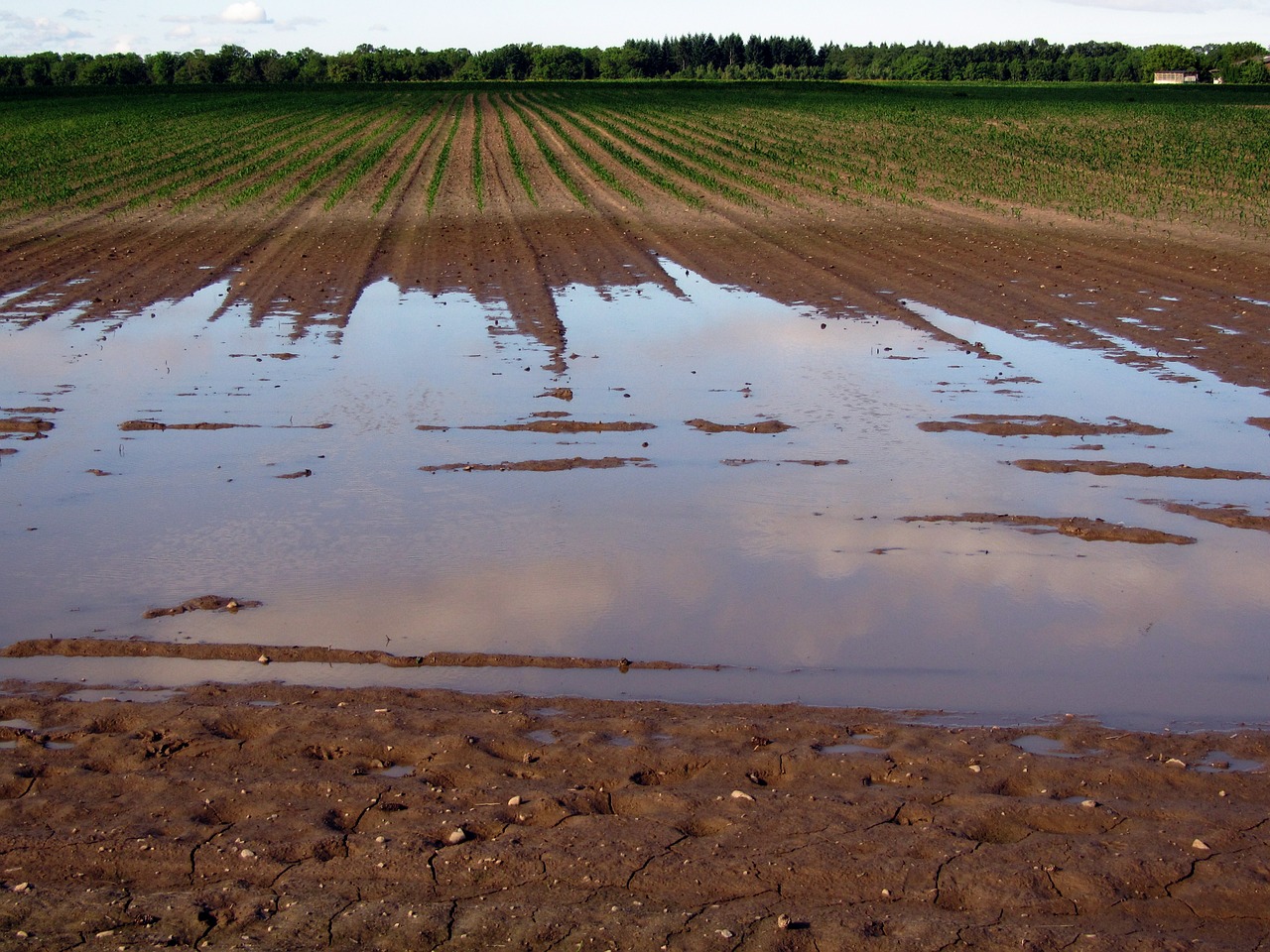
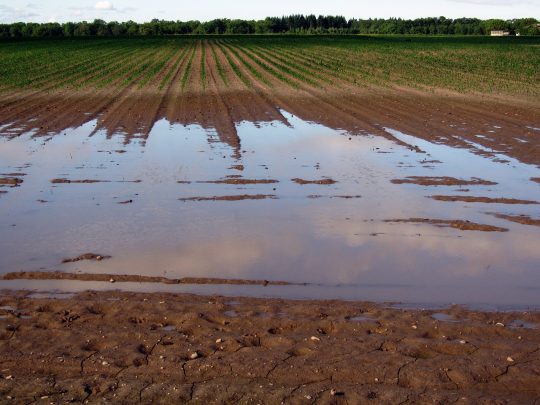
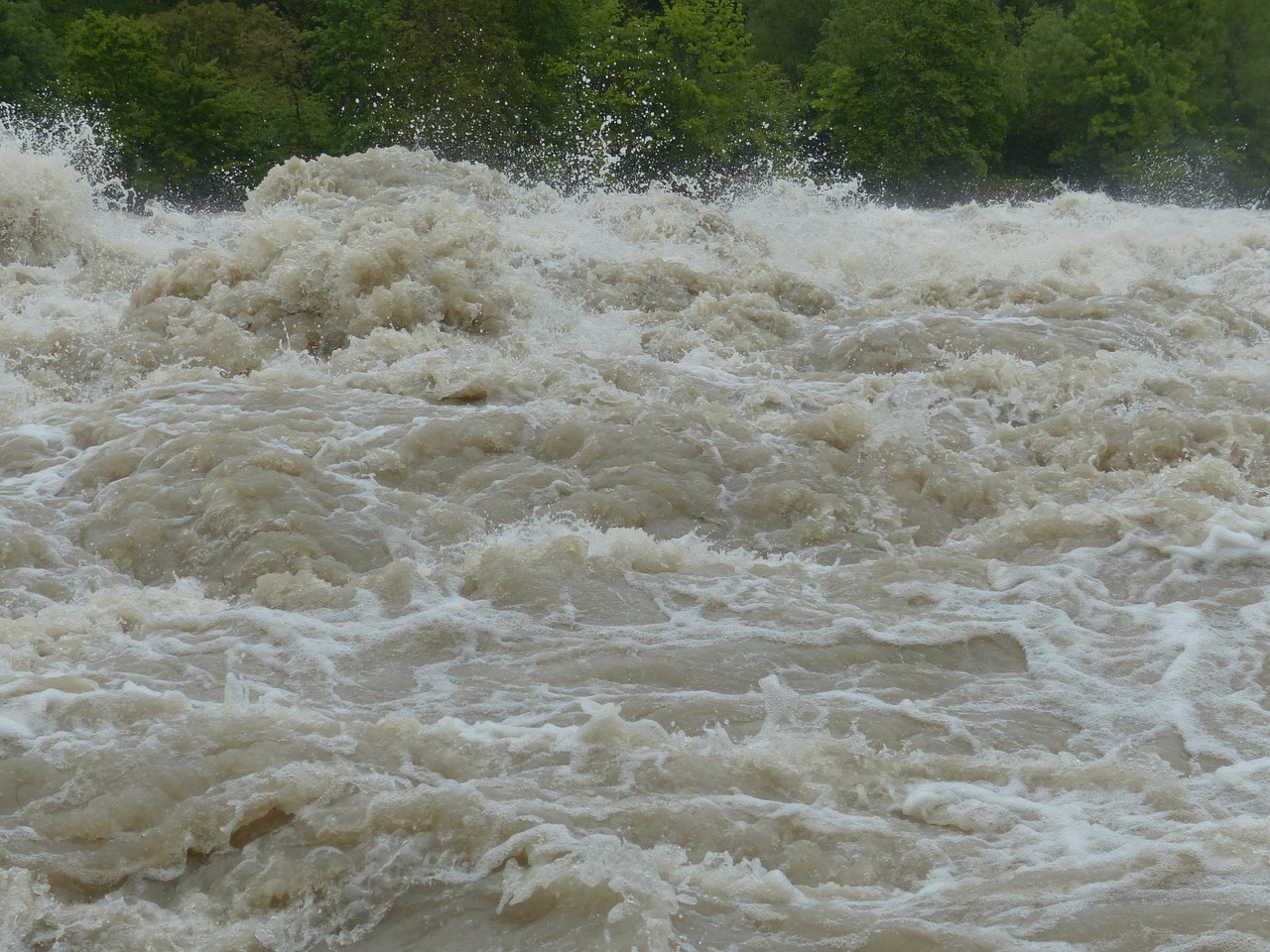
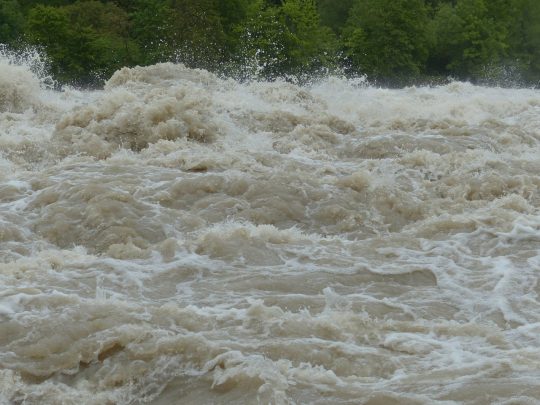
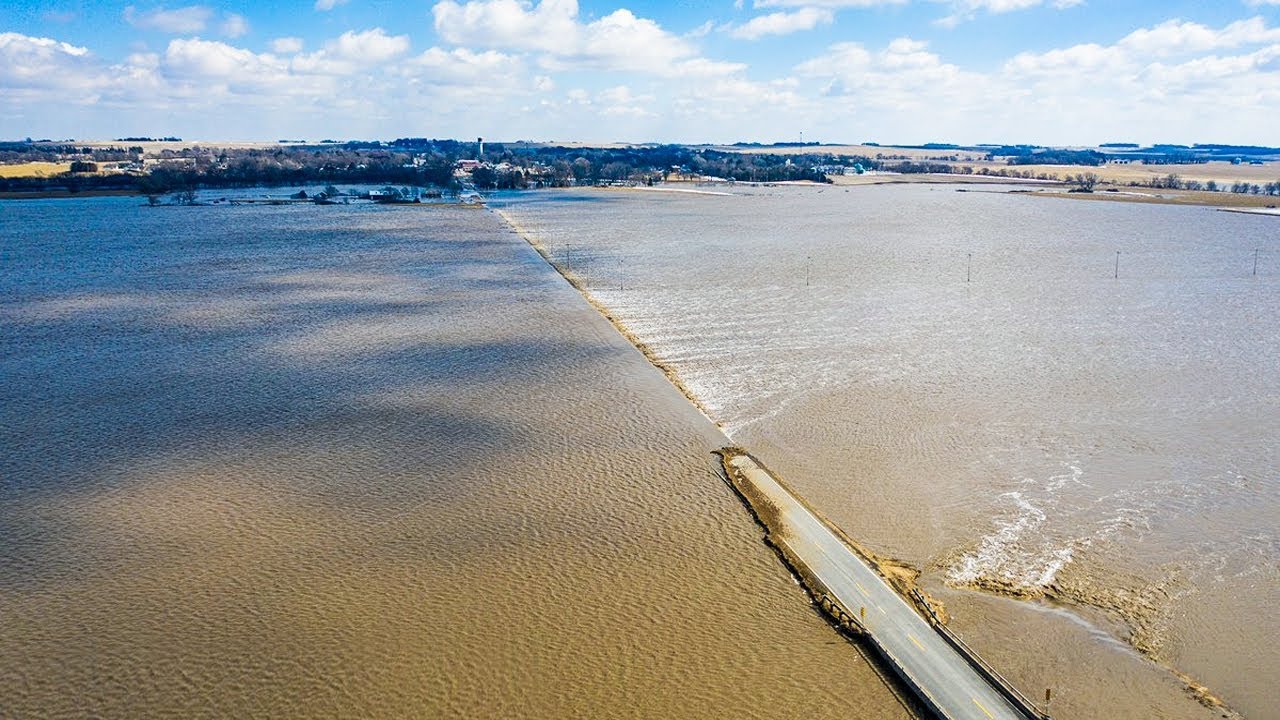
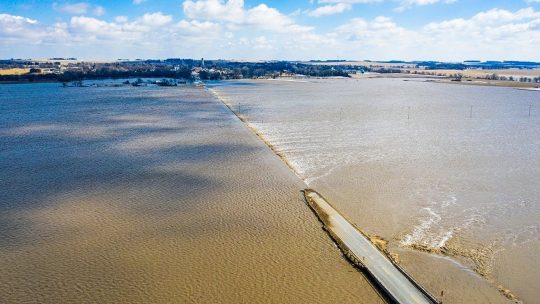 We have never seen anything like this before. According to satellite data that was just released by Reuters, “at least 1 million acres of U.S. farmland” were covered by water for at least seven days this month. That is an agricultural disaster without equal in modern American history, and yet the mainstream media is treating this like it is some sort of second class story. It isn’t. This is the biggest news story of 2019 so far, and people want to know what is going on. A few days ago, I posted a story entitled
We have never seen anything like this before. According to satellite data that was just released by Reuters, “at least 1 million acres of U.S. farmland” were covered by water for at least seven days this month. That is an agricultural disaster without equal in modern American history, and yet the mainstream media is treating this like it is some sort of second class story. It isn’t. This is the biggest news story of 2019 so far, and people want to know what is going on. A few days ago, I posted a story entitled 